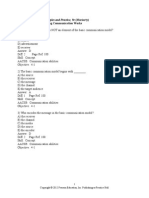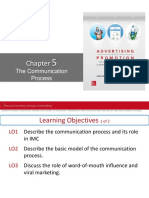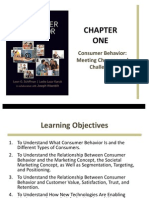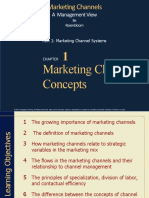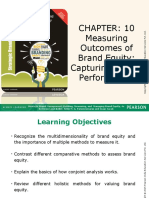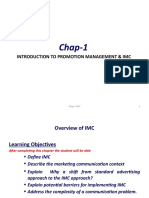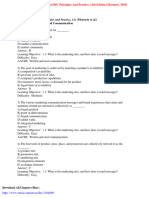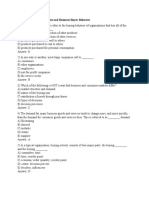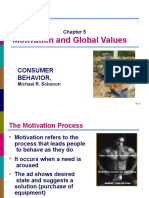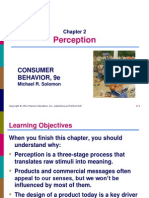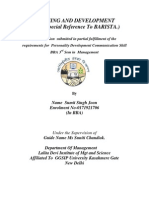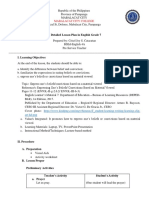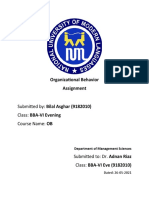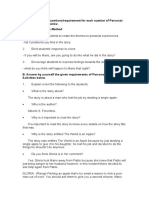0% found this document useful (0 votes)
325 views42 pagesChapter 4 MKT33
This chapter discusses consumer behavior and the consumer decision making process. It covers perspectives on consumer behavior, the steps in the consumer decision making process including problem recognition, information search, and perception. Psychological processes that influence consumer behavior are also examined.
Uploaded by
Ace RamaCopyright
© © All Rights Reserved
We take content rights seriously. If you suspect this is your content, claim it here.
Available Formats
Download as PDF, TXT or read online on Scribd
0% found this document useful (0 votes)
325 views42 pagesChapter 4 MKT33
This chapter discusses consumer behavior and the consumer decision making process. It covers perspectives on consumer behavior, the steps in the consumer decision making process including problem recognition, information search, and perception. Psychological processes that influence consumer behavior are also examined.
Uploaded by
Ace RamaCopyright
© © All Rights Reserved
We take content rights seriously. If you suspect this is your content, claim it here.
Available Formats
Download as PDF, TXT or read online on Scribd
/ 42


